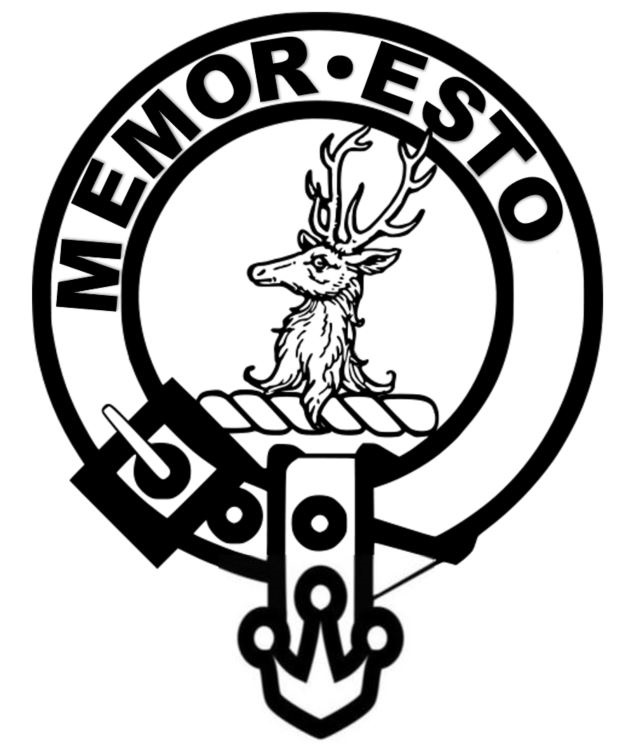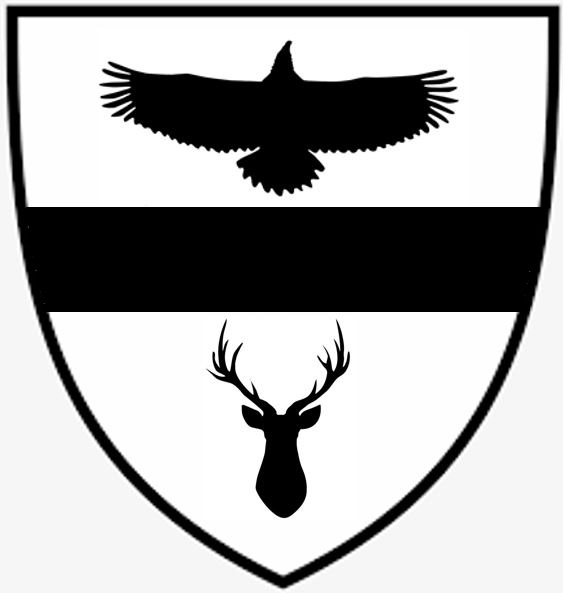BITS & PIECES
Celt or Celtic…is it “Selt” or “Kelt”? At the risk of insulting a certain Boston basketball team, Gaelic words spelled with C or K are always pronounced with the “K” sound.” The Gaelic words that form the basis for Cel, Celt or Celtic are all pronounced with the “K” sound. Thus, although both pronunciations are acceptable in the U.S., only the “K” sound is considered correct from the traditional and pronunciation standpoint.
A true Scot will never tell you he is Scotch, since to be called Scotch is the worst insult. A child will know Scotch as a tape, while the adult will know it as a beverage of some distinction. Further, a highlander will refer to himself as Scottish, while calling lowlanders Scots.
The Thistle came to be the national emblem of Scotland when one of a landed war party of Danes, stepped upon a thistle. His loud cry of pain awoke the sleeping Scots, who were then able to attain a complete victory.
In the Scottish Highland Games, the Caber toss, where the competitors attempts to toss a telephone pole sized Caber straight out in front of him, comes from one of the smarter Scottish war maneuvers; when ramming down a castle door, less intelligent warriors used a battering ram, and exposed themselves to a drenching of hot oil from above; the Scottish warriors lined up, outside the range of the oil, and repeatedly tossed Cabers at the door, which eventually broke from the continuous battering.
Early Scots would line up stones along the top of a hill, and hit them at the enemy. Merchants later held wagers on how many stones could be hit into a hole. And so, the game of Golf was born.
History of “The Great Highland Bagpipe”. Many forms of the bagpipes have evolved over the centuries, the earliest Egyptian times; yet it is The Great Highland Bagpipe that is most closely associated with Scotland. Also known as the War Pipes, they have been used for centuries to scare and confuse the enemy, in more modern times, to inspire the troops. Pipers had the highest mortality rate in World War 1.
History of the Highland Dance. Dating back to the 11th & 12th century, the Highland dances were highly athletic, performed by men in celebration of victory in battle or other joyful occasions. The dances were often performed over shields or swords; taking the dead man’s claymore and crossing it with his own on the ground, then dancing round and over the swords with the joy of victory.

